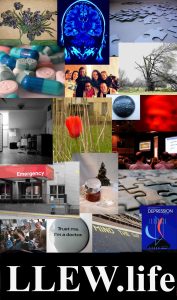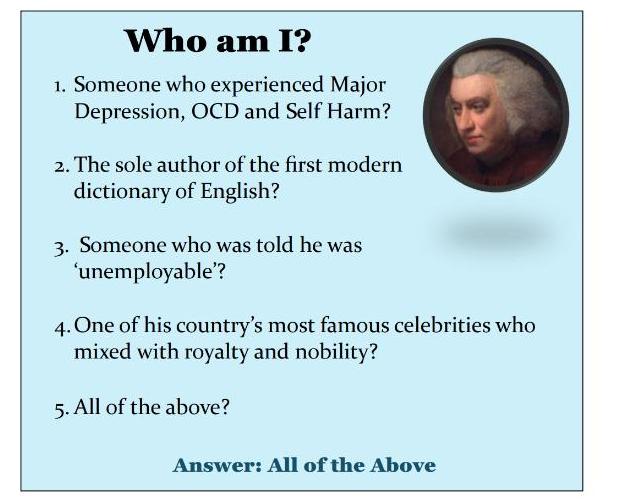What’s in a name? What you call complicated. I call plain language, who can say?
Plain Language is NOT ‘plain language’.
What is ‘plain language’ may in fact be partly dependant one one’s background.
Plain Language with the capitals is a movement to reform written communication strategies dating at least from the second half of the C20, initially often as ‘Plain English’ in legal contexts but now quite influential in Health Literacy discussions, and in fact mandated in many government communication including in Victorian government publications.
Plain Language is NOT a matter of opinion, subjective judgements or ‘well, it seems clear enough to me, we’ll have to agree to disagree’.
Plain Language can be objectively measured by specific metrics and automated tests, both reliable and valid.
There is extensive helpful commentary about what contributes to a Plain Language version of a text.
However as a minimum the following are generally accepted as the core five principles of plain language:
- Active voice,
- Common words,
- Positive tone.
- Write for Your Reader
- Short (concise) words and sentences;
As one can see, most of those are quantifiable and measurable. For instance here, https://readabilityformulas.com/free-readability-formula-tests.php
Such tests are calibrated for usually American audiences but are used by authoritative Australian bodies, for want of better.
They are available in standard Australian installs of MS Word. https://www.monash.edu/about/editorialstyle/writing/readability-statistics .
There are better and more modern readability measures now, and they will feature in the Lit Review planned, but the congregate measure used in this analysis is consistent with practical experience of reading different texts and self report of lay readers. As a ‘Quick and Dirty’ suite to encourage ease of reading, Readability indices and the Plain Language guidelines seem to serve many organisations where comprehension is mission critical.
So you are saying I should write like a machine, and live in fear of writing a sentence sixteen words long?
No!
The 5 principles direct different styles with different reader audiences, And in any case cut and dried standards are not rigid and can be and are not followed sometime by successful communicators. They are though, something approaching best accepted practice.
And one can depart from accepted or best practice – communication, clinical, medical or whatever or other – in a specific case – as long as you understand the reasons why the guidelines are there and have sufficient experience to judge accurately that those reasons don’t apply to a specific situation.
But even such experienced practitioners should engage in urgent self-reflection if they noticed themselves ignoring accepted practice on every occasion they practice.
And of course, I am ignoring many of the principles in this current submission in favour of technical terms, ‘Terms of Art’ and a formal structure, for precision and persuasiveness and to ‘talk to my audience in their own language’, which is also why I depart from it for comments like this.
An orthodox paper, without embellishments will be available for use outside LLEW.
Isn’t Plain Language a ‘dumbed down’ condescending version for special populations?
Nope.
- In the UK, Plain English Campaign has worked ‘with thousands of organisations including many UK government departments, public authorities and international banks, helping them make sure their public information is as clear as possible.’
- Locally, Federation University encourages Plain Language for use with university students.
“Using plain and clear language helps your audience read, understand and use the information you are giving them. Tip: Where possible, choose a simple word or phrase over a complex one. Writing in short, simple words doesn’t mean you are ‘dumbing down’ the message.” https://federation.edu.au/staff/business-and-communication/communication-guidelines/writing-toolkit/use-clear-and-simple-language#:~:text=Using%20plain%20and%20clear%20language,’dumbing%20down’%20the%20message.
How condescending you are! Consumers are smart, often educated people and many learned formal language at Uni!
Never said they weren’t. There are situational elements other than literacy level that impact understanding
- ”Researchers were startled to discover a great discrepancy between levels of education and reading level. In many cases, people were unable to understand materials which health professionals believed they “should” have been able to read. http://www.centreforliteracy.qc.ca/health/briefs/no1/no1.pdf
The effect of stress on understanding cannot be understated, and is probably part of the experience of most of us; certainly is part of mine.
Also, jargon or complex language level outside professional conversation may be perceived as status signalling, wrongly or not, and may damage ‘connection.’
Someone can know what ‘the normative intent of current legislation‘ means and still have an opinion on the authenticity of a person who uses that language in a pub conversation.
I would, and demonstrating authenticity is a vital tool and the foundation for most other LLEW work. Lose the ability to demonstrate authenticity enough and you’re just an unqualified case aide.
And for people whose lives have developed in other directions than book learning, complex vocabulary or language structure can be perceived as either insulting or self-respect damaging. Neither is good.
Further reading
A thesaurus for translating academic or health service language into language non experts use. Very useful.
Writing plain language – Victorian Government Standards
Top 10 Principles for Plain Language
*Note, this is just a quick introduction based on a google search. I plan to do a proper Literature Review in the near future.

